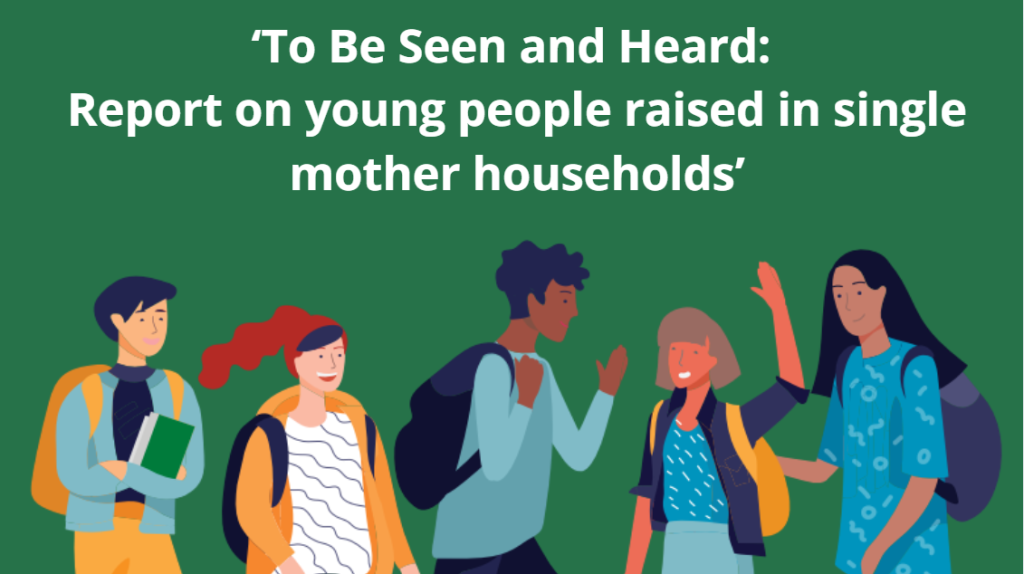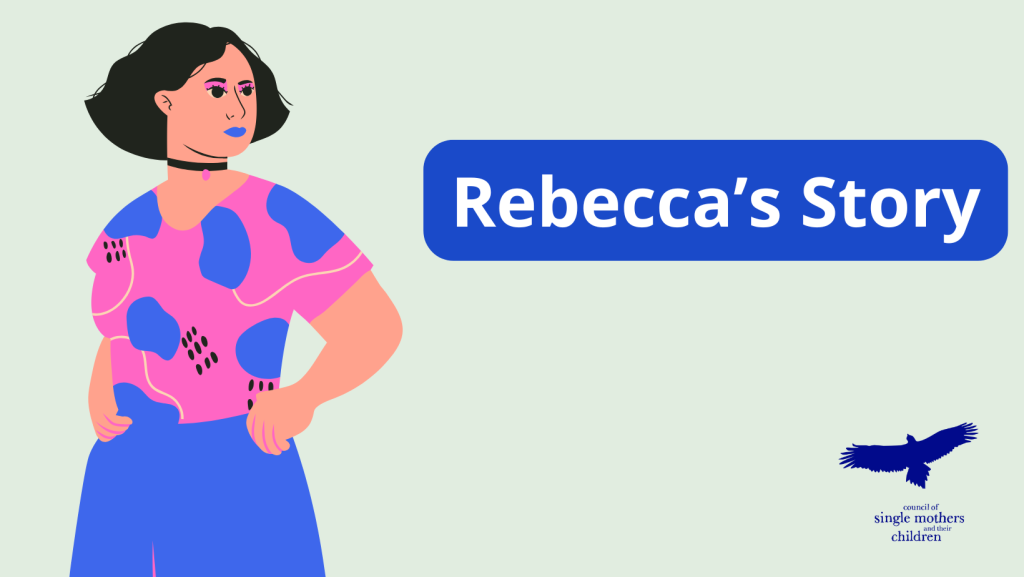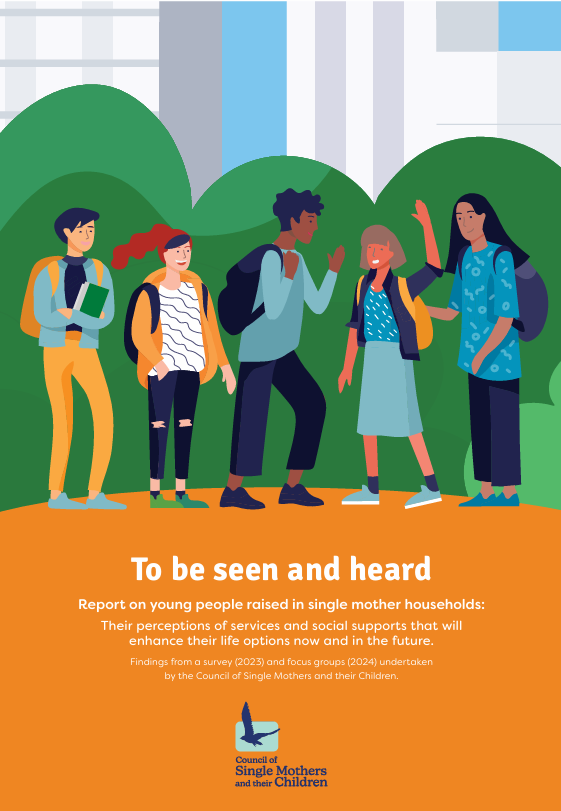
In brief:
‘To Be Seen and Heard: Report on young people raised in single mother households’
This report by CSMC is about the findings from surveys and focus groups conducted with young people across Victoria. These conversations revealed not only their aspirations and resilience but also the systemic challenges they face every day — challenges too often dismissed or invisible in mainstream policy.
In ‘To be Seen and Heard‘, young people share their perceptions of growing up in a single mother family: what they love, what they need, how they are being supported – and share what services and social supports they believe will enhance their life options now and in the future.
The report reveals where current systems fall short and what needs to change to ensure young people in single mother families are genuinely supported.
Download ‘To Be Seen and Heard’.
This report brings to the forefront the experiences and insights of 124 children, teenagers, and young adults raised in single mother families who took part in the research.
In 2023, a survey was conducted with 70 young people aged between 9 and 23, representing a range of family living arrangements, including both sole and shared care.
Building on this, and with support from the Brian M. Davis Charitable Foundation, a series of focus groups were held in 2024. These sessions provided a space for participants to reflect on the survey results and discuss pathways for change.
A total of 54 individuals aged 11 to 23 took part in these conversations. Participants were engaged through CSMC’s networks, school wellbeing staff, and youth workers across both metropolitan and regional areas.
Watch and hear their stories


Here’s a snapshot of some of the issues the young people discussed
Young people consistently expressed the view that their mother sacrifices her own needs to support her children’s needs and interests. Underpinning this was a common thread about the multiple calls on their mother’s time and the impact of these on both her finances and availability to meet her children’s needs.
“It always felt weird seeing the other kids go home on time at school, while I had to wait in the after school program since mum had to do work later into the day.”
Participants described perceiving a kind of social separation early, feeling ‘different’ from other kids and subject to social stigmas. These young people had all experienced the loss of a parent, and where they had multiple siblings, reported feeling they had to act as a second parent to fill the void left by the absent parent. Financial pressures were often discussed.
“Lack of money to fund educational needs has impacted my ability to study. My time and energy are spent working to cover expenses instead of being able to concentrate on studies. Not to mention the time spent worrying about how I will manage in the years to come.”
Shifting the social stigma on single mother families was one of the most highly prioritised changes young people need. This presented as a desiring greater recognition
in society of the realities and challenges faced by the children of single mothers.
“No one really accepts my family. We are always on the outer as my mum has to juggle everything on her own. She doesn’t have anyone to balance the load.”
Housing affordability, accessibility, availability, and instability were raised often. Participants commented on their feelings of distress rising from knowing their mothers were stressed about housing. Additionally, many expressed anxiety and stress about their own options as young adults seeking independent housing, now or in the near future.
Just 15% of survey participants accessed spaces or online support platforms. Those who did said they used a mix of online resources, talking with someone via phone and face-to-face, and had done so for socialising and support.
Participants raised the issue of classroom teachers and year level coordinators knowing their family circumstances and ignoring these when there was an administrative matter.
“If I got in trouble at school, having to explain that only one parent could come get me, and she’s busy with her job.”
Read more of what the young people said – download ‘To Be Seen and Heard’.
These are some changes the young people want to see
- A version of health care or pension cards for children of low-income single mothers.
- A ‘child of a single mother’ optional tick box on forms where applicants are asked about poverty or disadvantage.
- Better access to safe transportation – free public transport cards, subsidised taxi or Uber accounts.
- Improved affordability for mental health plans, neurodivergence diagnosis, and prescribed medication.
- More subsidies or free extra-curricular activities for children of all ages.
- Fast tracked emergency housing access.
- Removal of age as the enabling factor to access emergency housing (currently 16 in Victoria).
- Better access to affordable, long-term housing for single mothers without administrative requirements or proof of need.
- Addressing the harm of misinformation, stigma and unconscious bias.
- For people to ‘check’ their assumptions.
- Training for teachers, police and social workers about the distinct experiences of children of single mother families, and how their attitudes and stigma are often misinformed and harmful.
- Reviewal of processes for engaging with children and teenagers in situations of family violence or family court matters.
- Strengthening of protective factors with opportunities for children of single mother families to connect.
- Enabling children and young people to have and maintain trusting relationships with support service providers within schools and communities.
- Better advertising of all levels of government support for access to activities.
- Demonstrations from adults in key contact roles, particularly teachers, that they ‘see’ the individual.
Read more recommendations – download ‘To Be Seen and Heard’.

